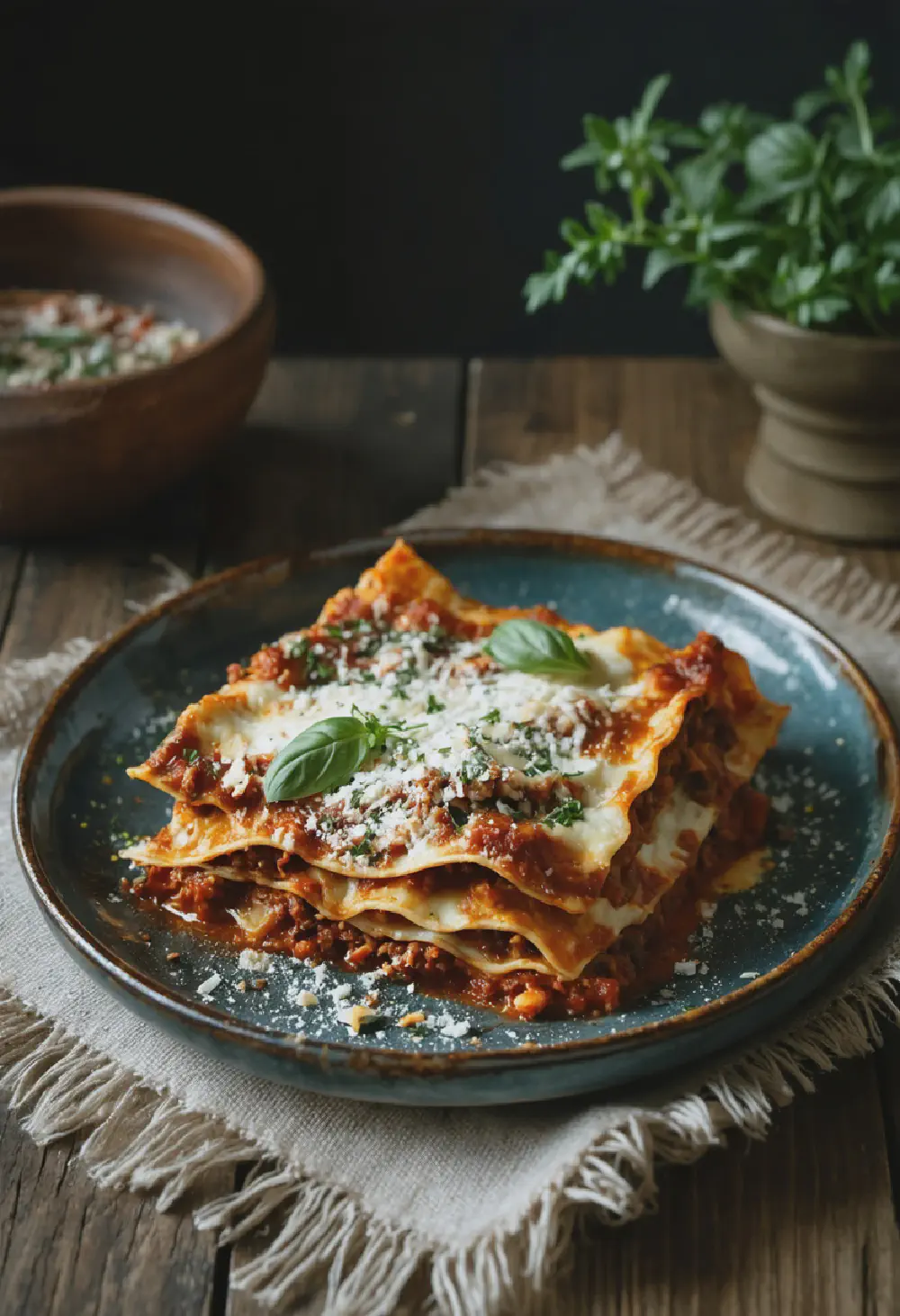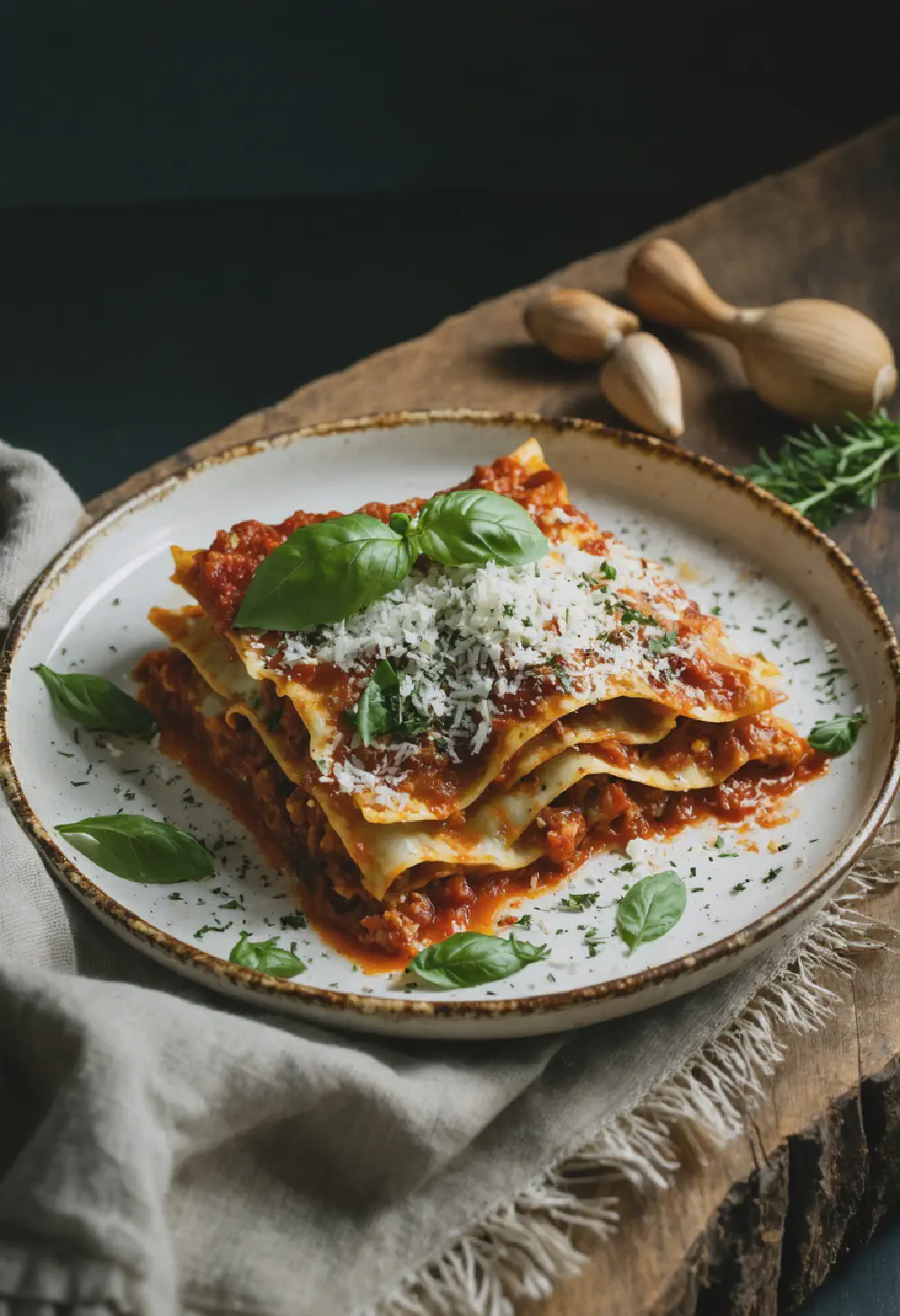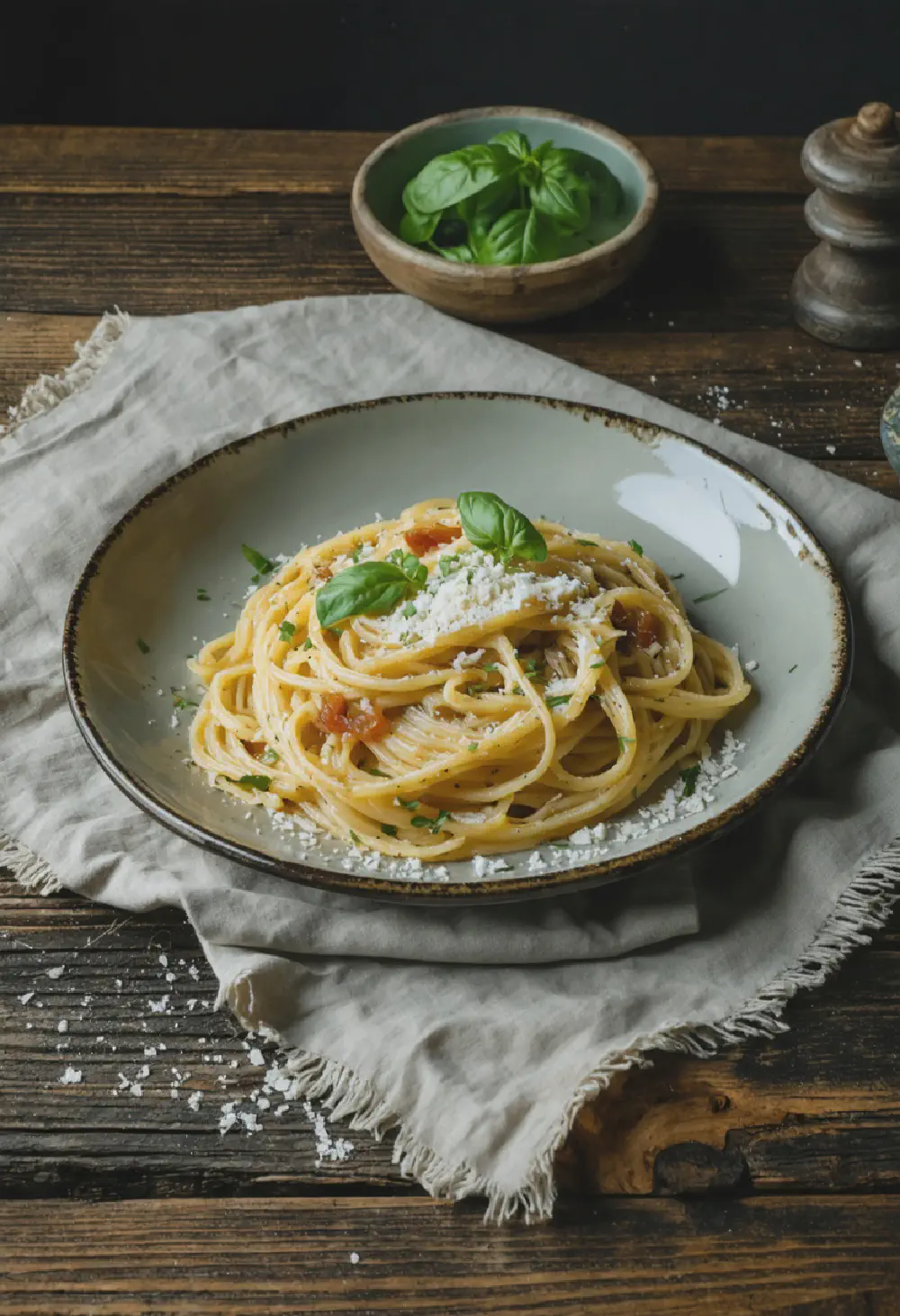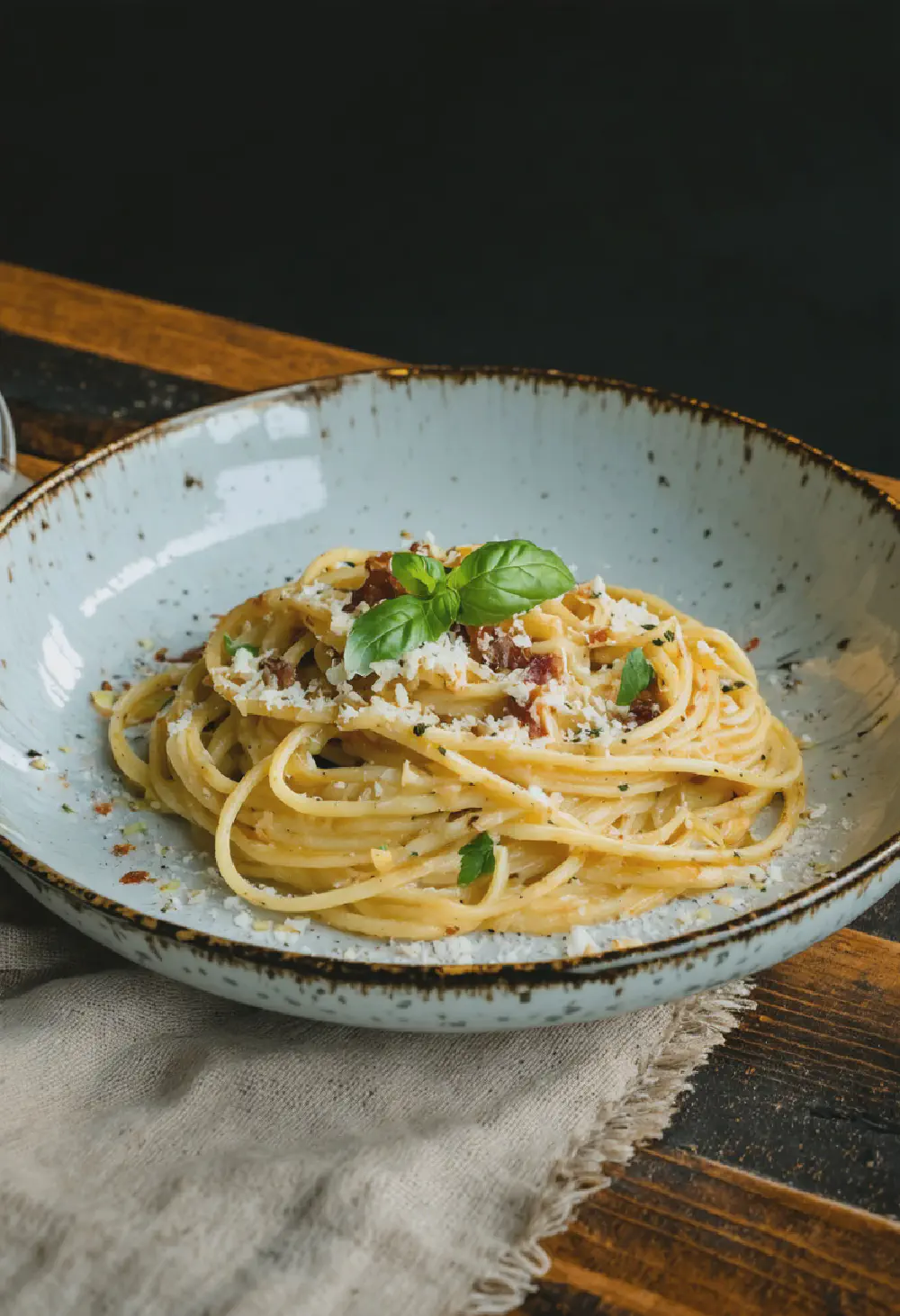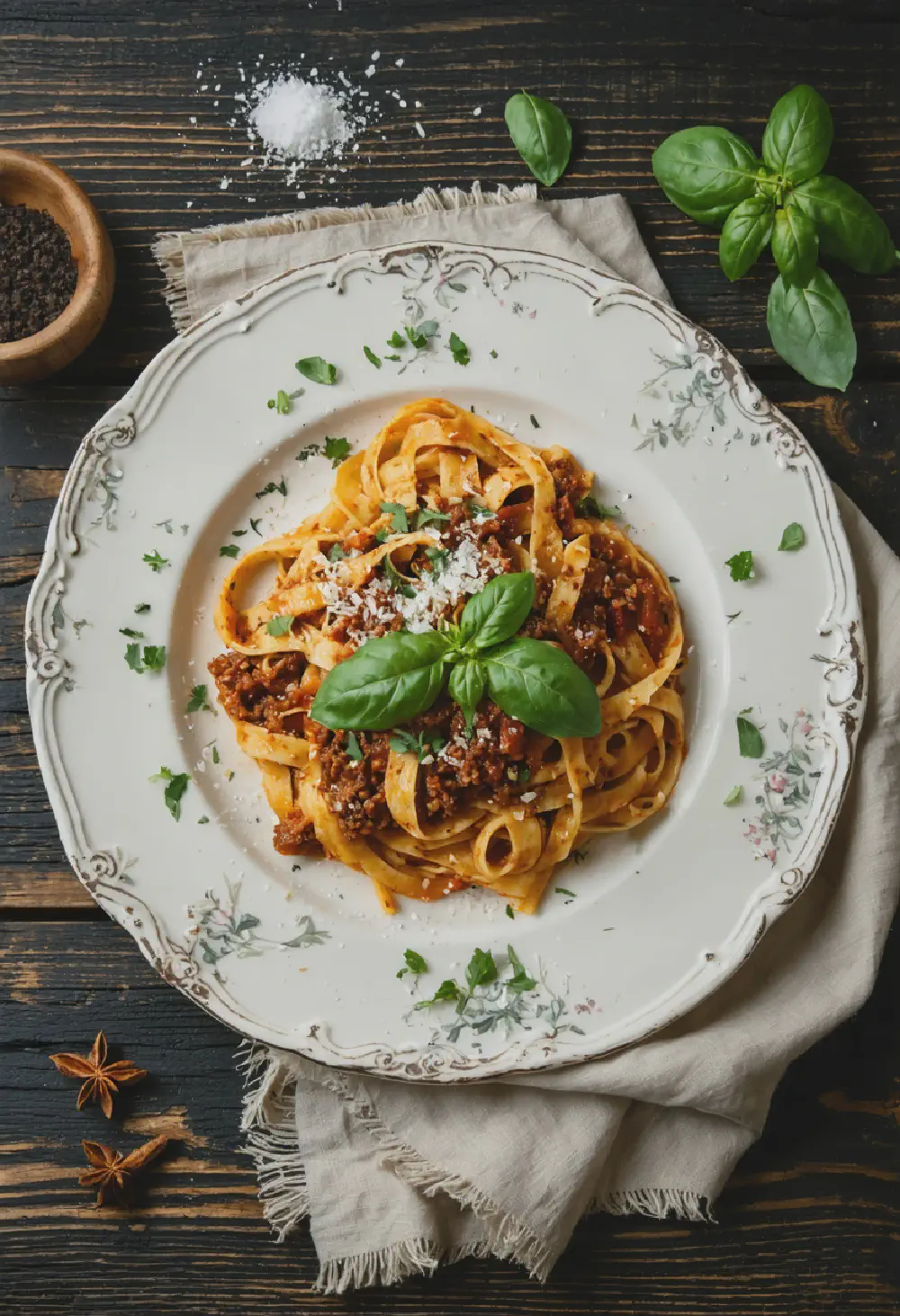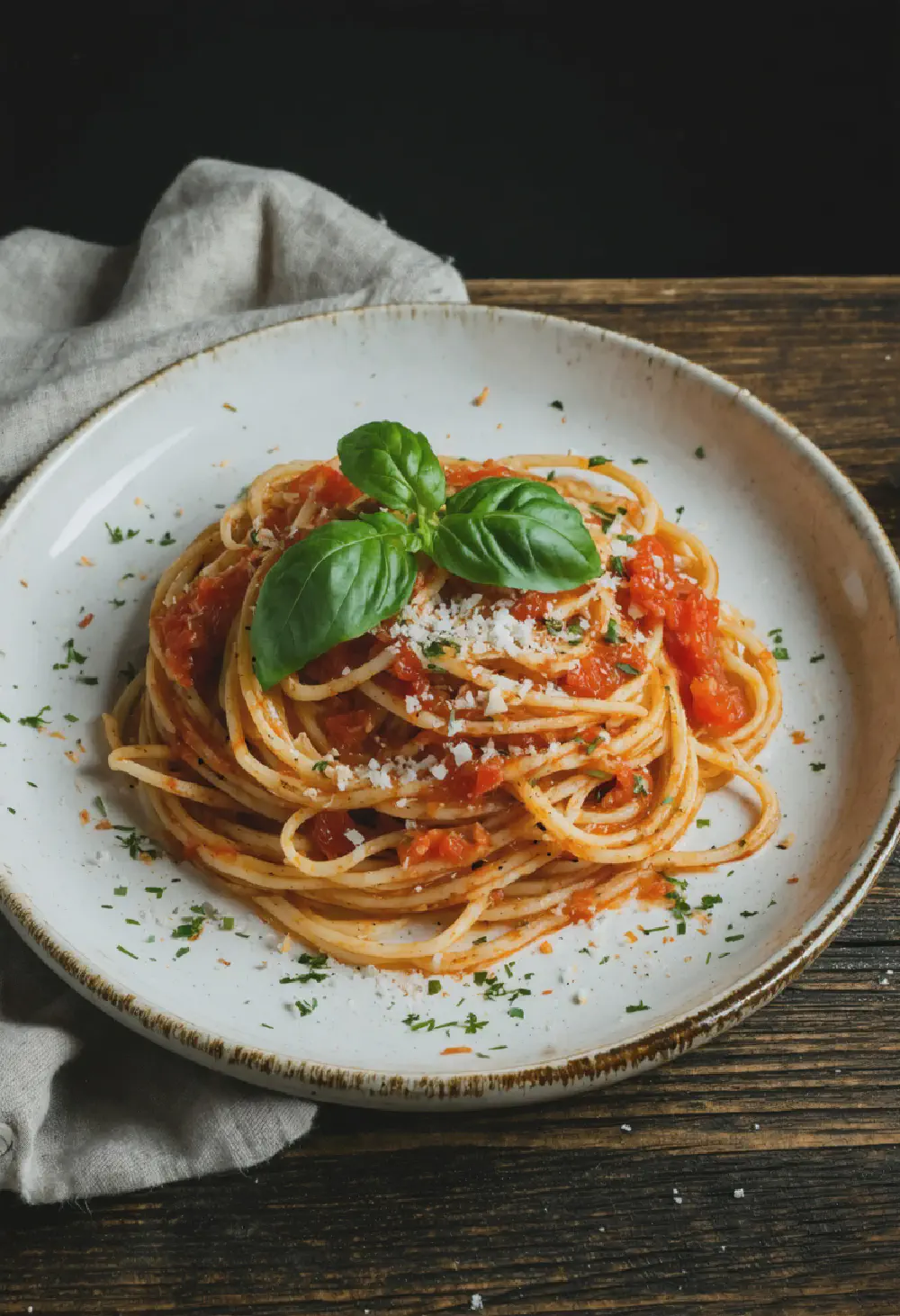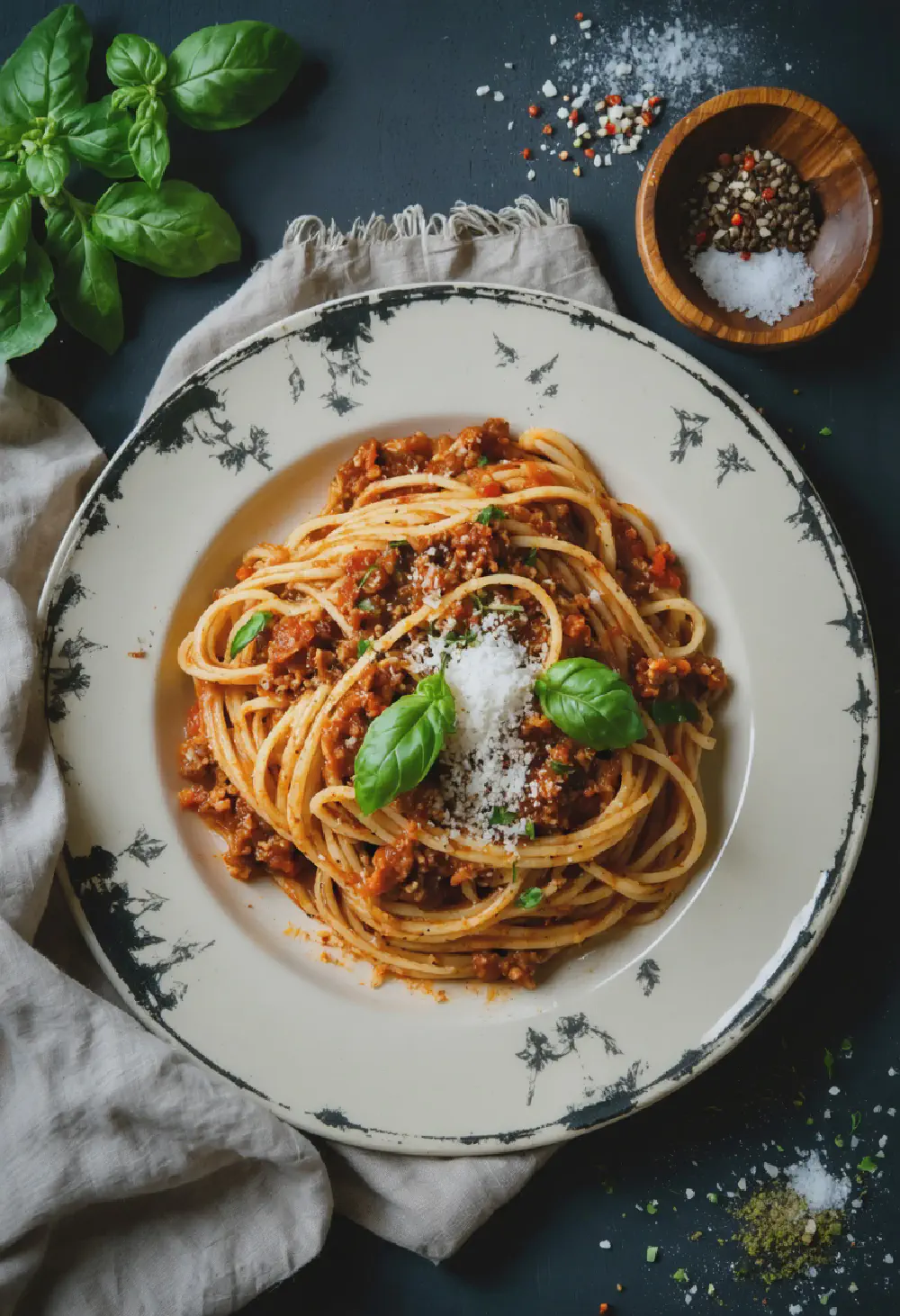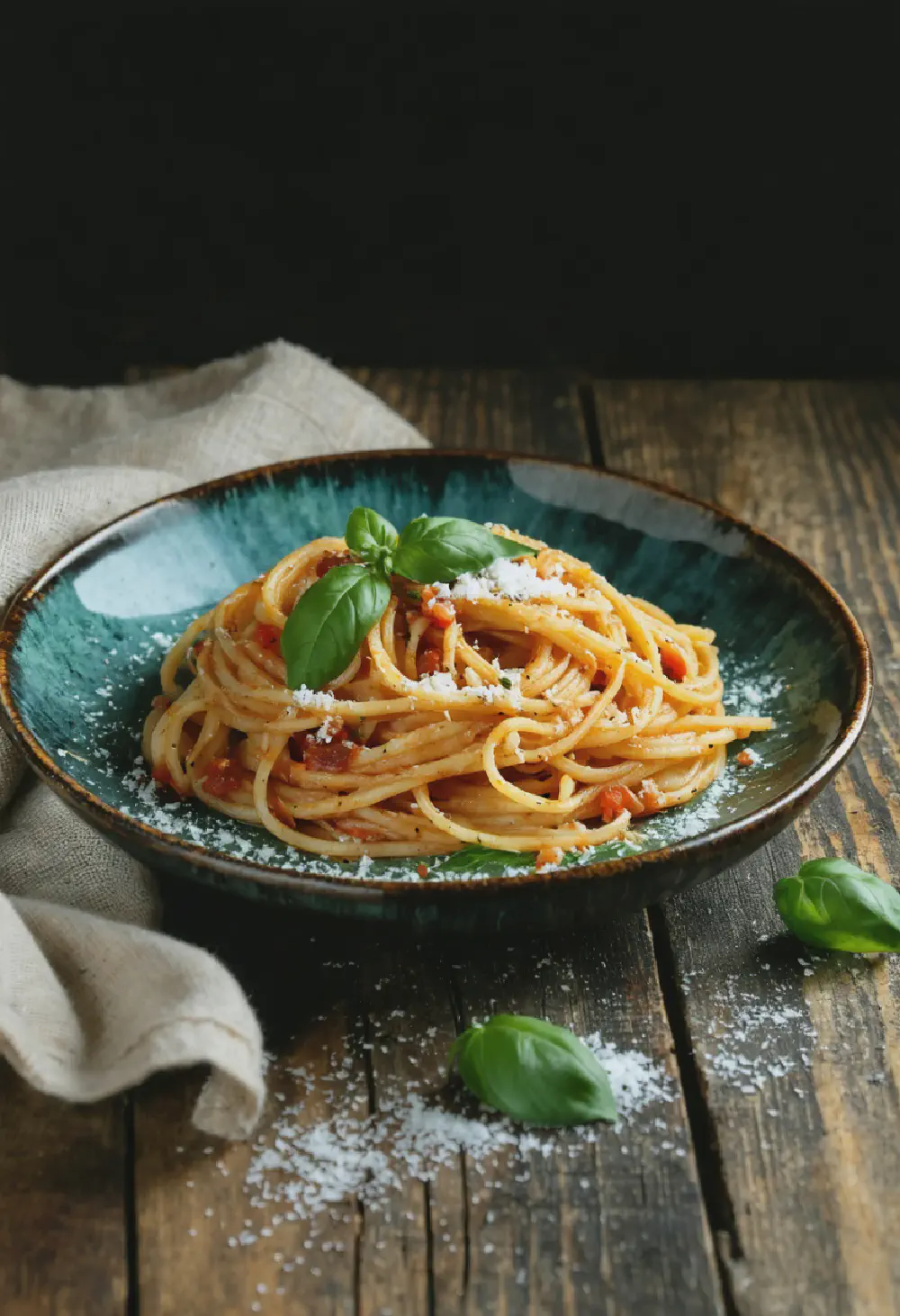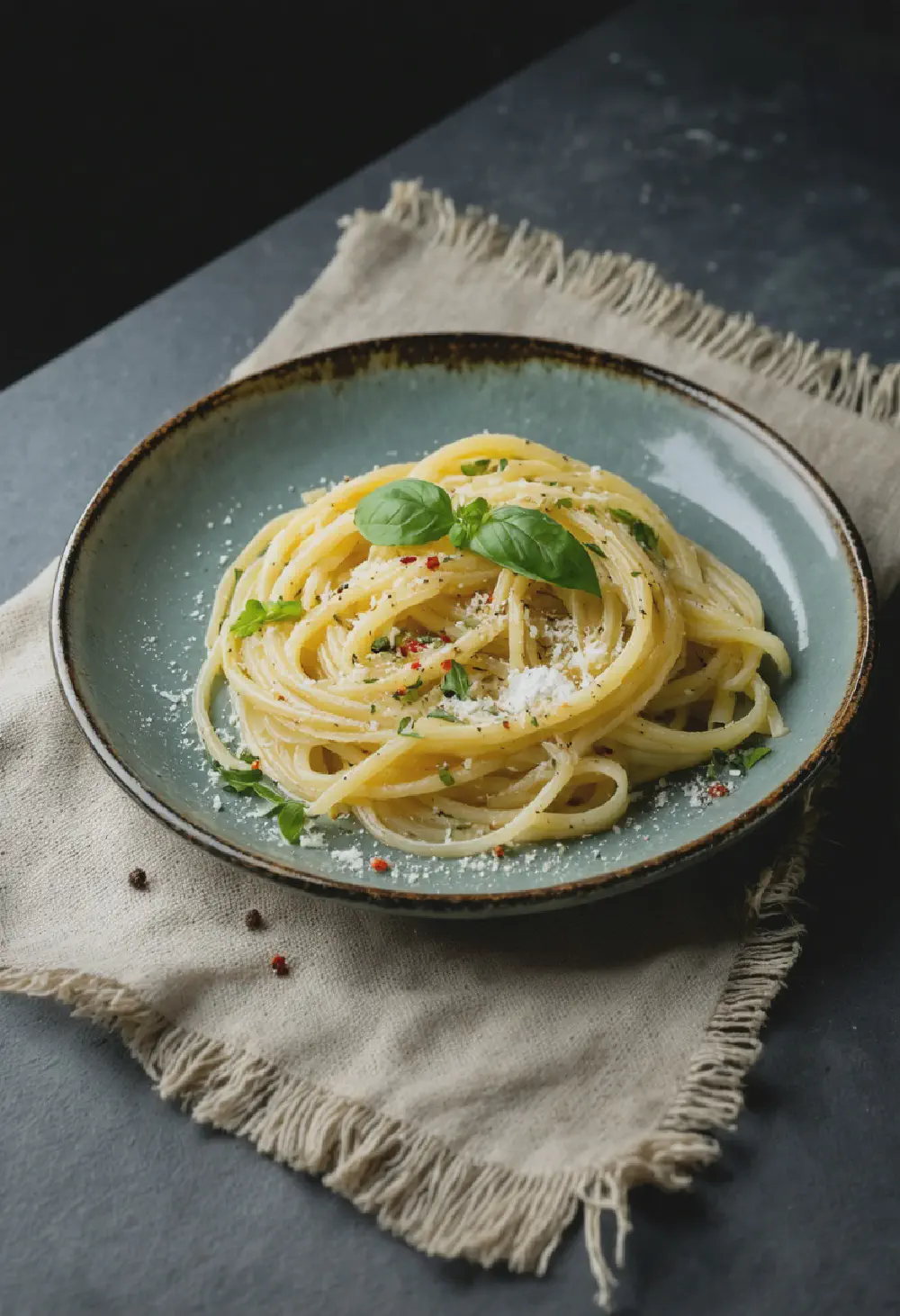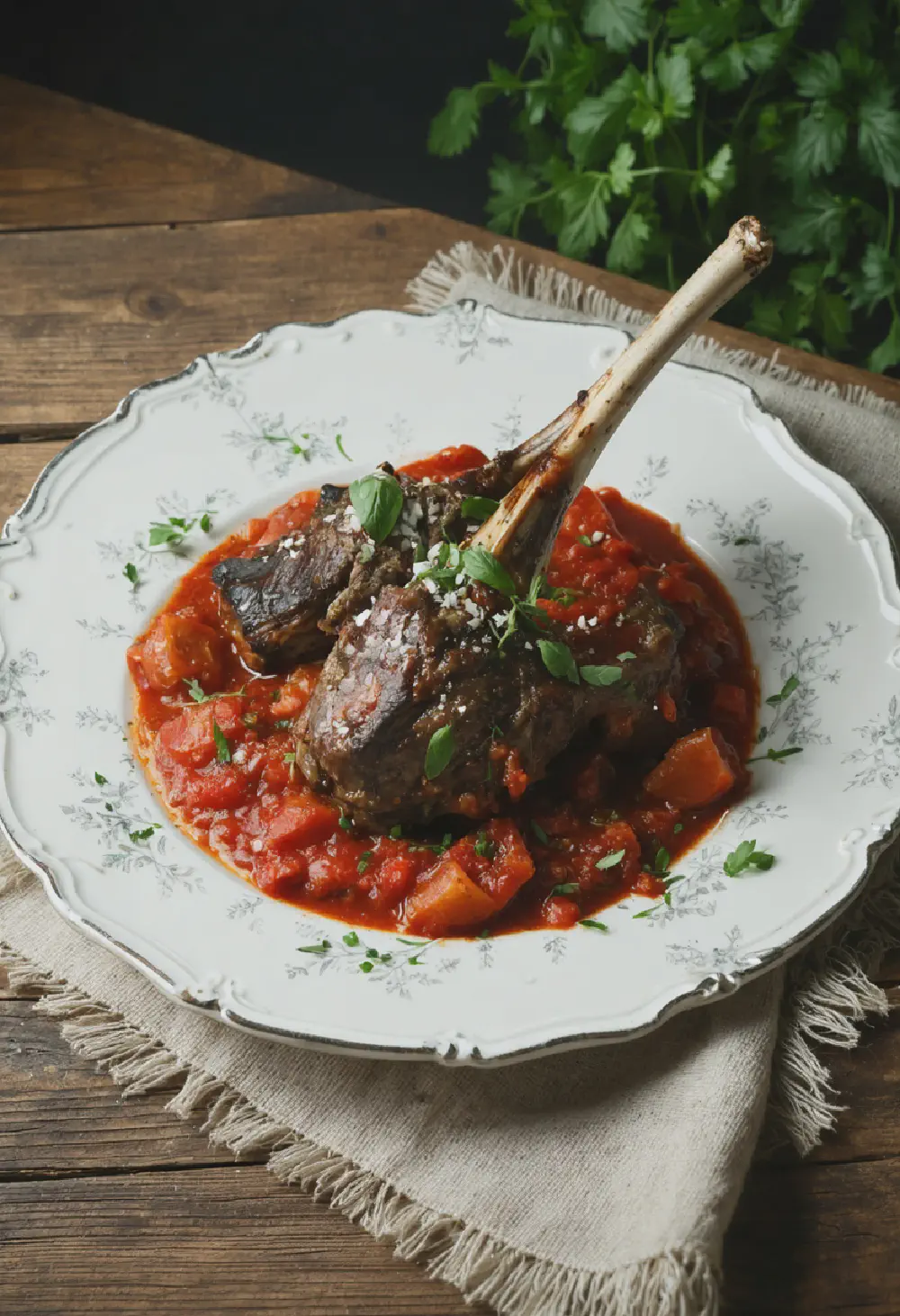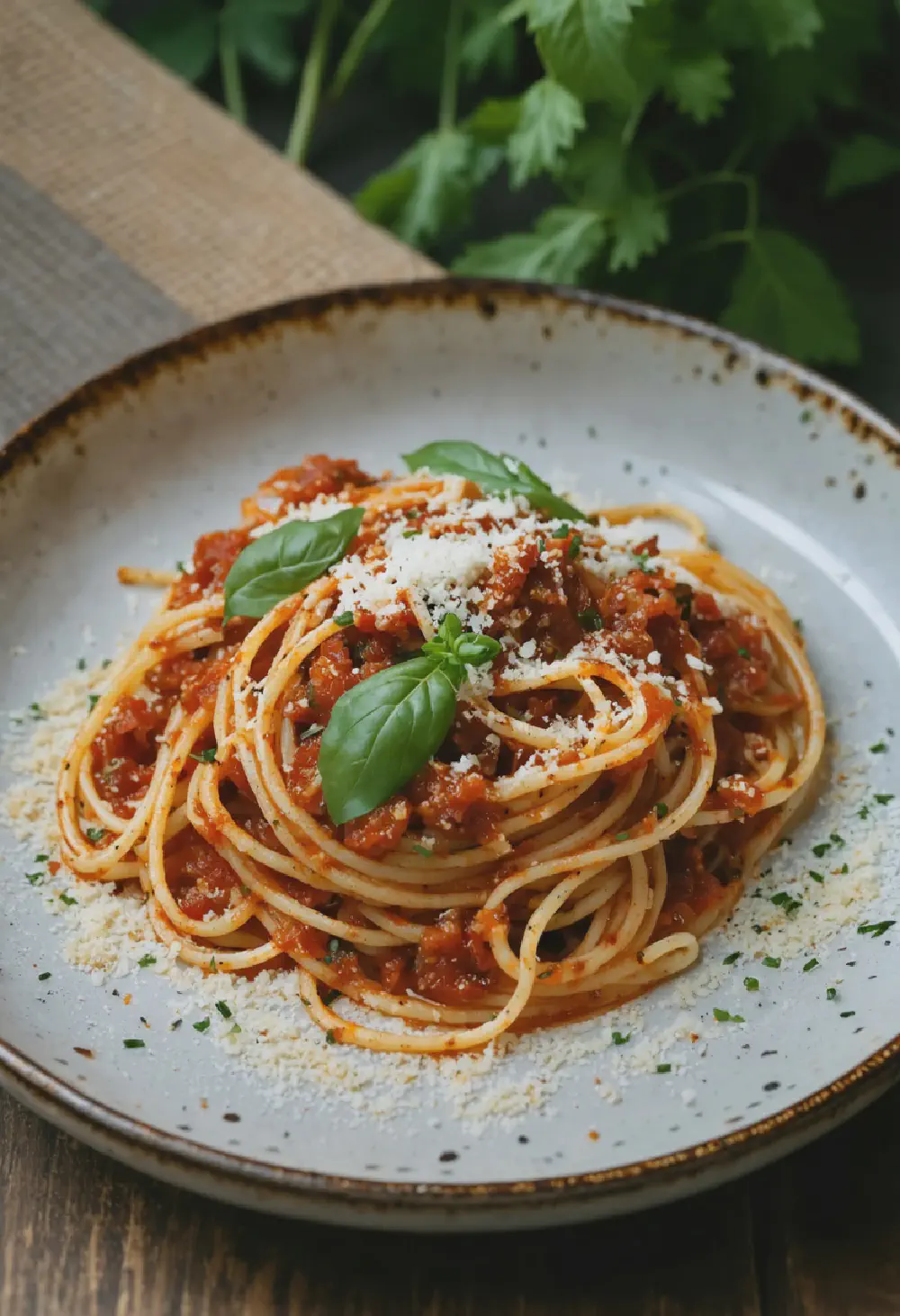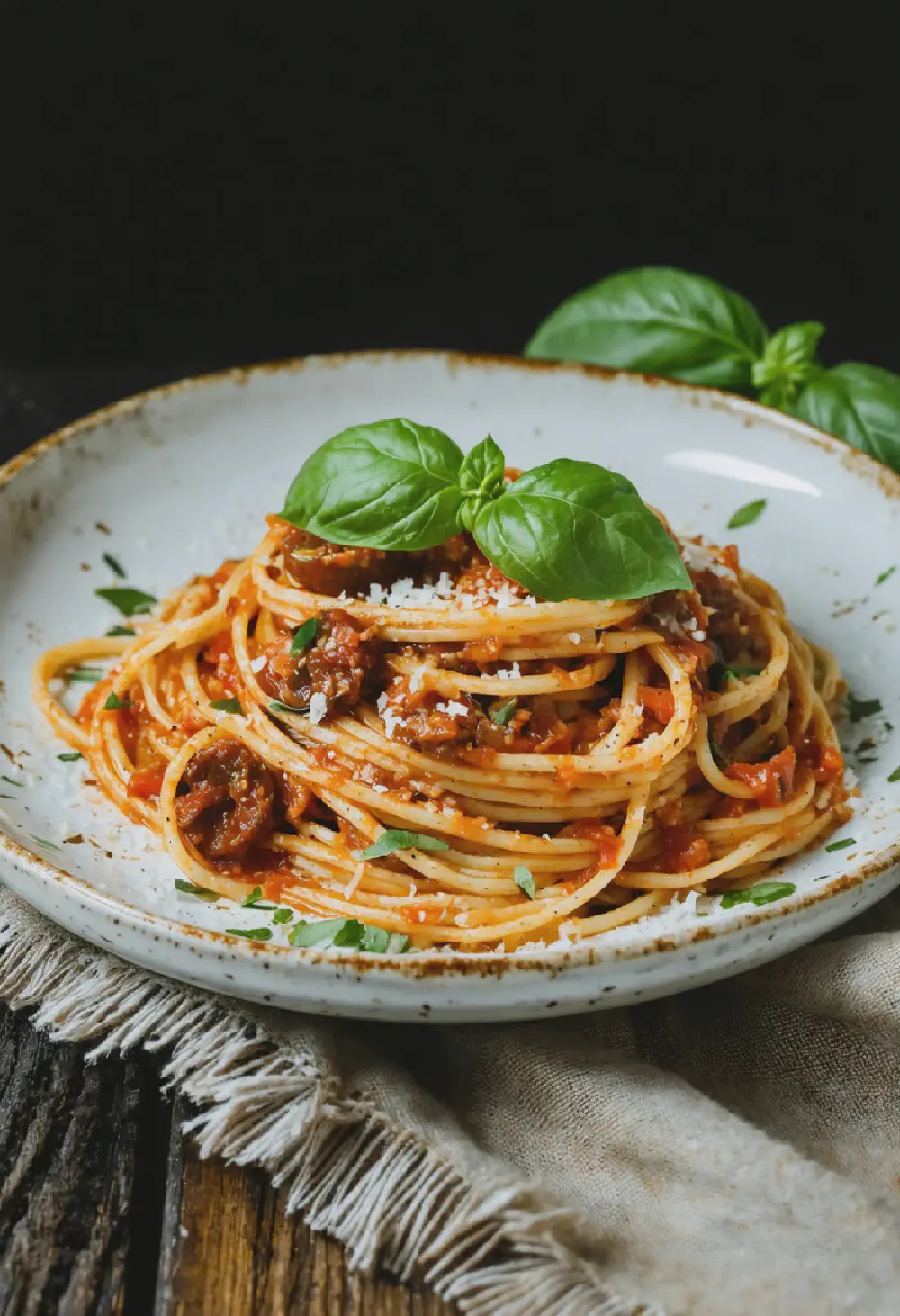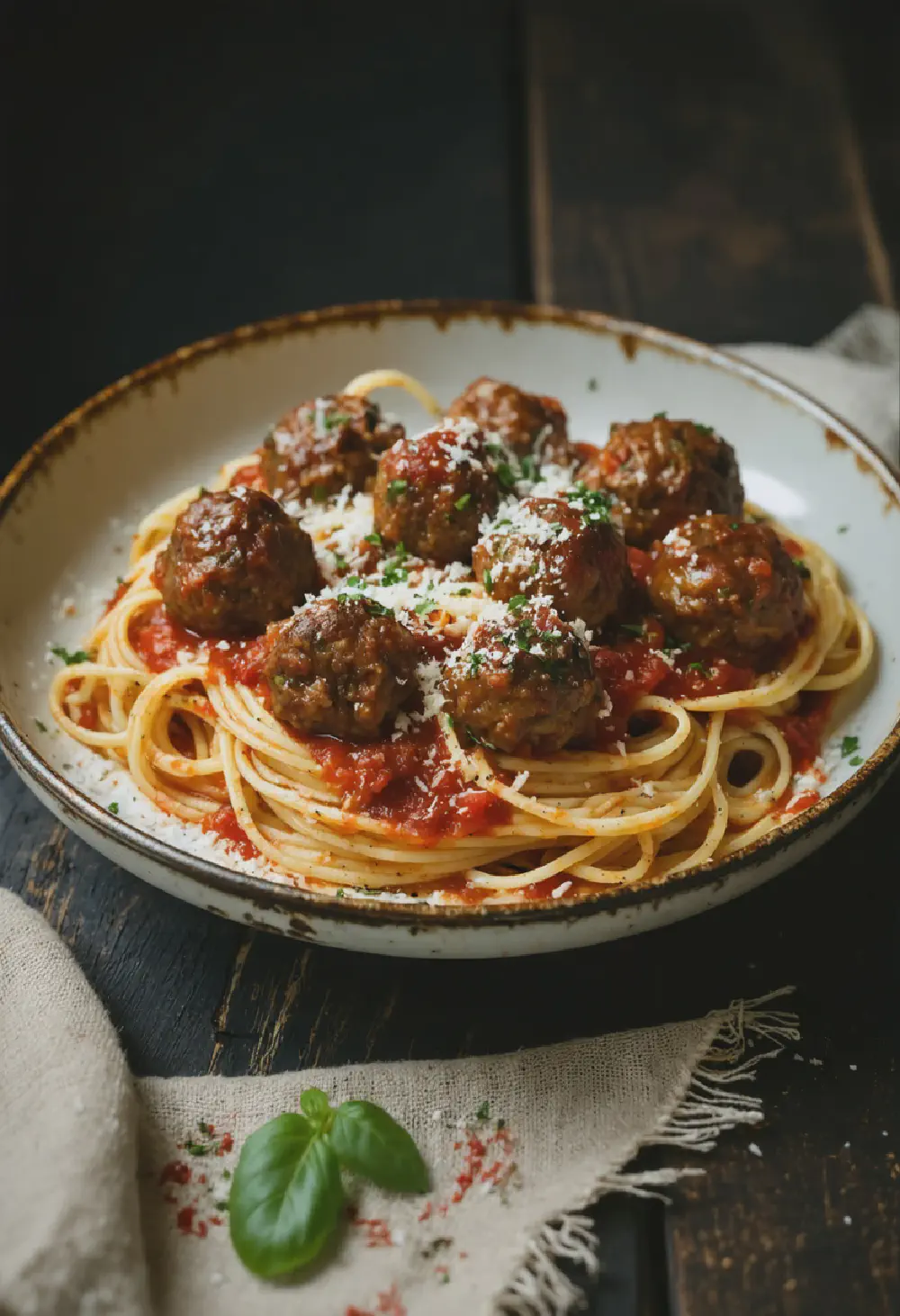Lasagna al Forno
45M
1H and 45M
- Makes 8
- 12 lasagna noodles
- 1 pound ground beef
- 1/2 pound ground pork
- 1 onion, finely chopped
- 2 cloves garlic, minced
- 28 ounces canned crushed tomatoes
- 6 ounces tomato paste
- 1/2 cup red wine
- 1 teaspoon dried oregano
- 1 teaspoon dried basil
- Salt and pepper to taste
- 4 cups whole milk
- 5 tablespoons unsalted butter
- 1/2 cup all-purpose flour
- 1/4 teaspoon ground nutmeg
- 2 cups grated Parmesan cheese
- 2 cups shredded mozzarella cheese
- Preheat your oven to 375°F (190°C).
- In a large pot, cook the lasagna noodles according to package instructions until al dente. Drain and set aside.
- In a large skillet, cook the ground beef and pork over medium heat until browned. Add the onion and garlic, cooking until softened.
- Stir in the crushed tomatoes, tomato paste, red wine, oregano, basil, salt, and pepper. Simmer for 30 minutes, stirring occasionally.
- For the béchamel sauce, melt the butter in a saucepan over medium heat. Whisk in the flour and cook for 2 minutes. Gradually whisk in the milk, stirring constantly until the sauce thickens. Season with nutmeg, salt, and pepper.
- In a 9x13 inch baking dish, spread a thin layer of meat sauce. Place a layer of noodles over the sauce, followed by a layer of béchamel sauce, and sprinkle with Parmesan and mozzarella cheese. Repeat the layers until all ingredients are used, ending with a layer of béchamel sauce and cheese on top.
- Cover the dish with foil and bake for 45 minutes. Remove the foil and bake for an additional 15 minutes, or until the top is golden and bubbly.
- Let the lasagna cool for 10 minutes before serving. Enjoy your authentic Lasagna al Forno!
Lasagna al Forno: A Deep Dive into Its History, Taste, and Cultural Significance
History of Lasagna al Forno
Lasagna al Forno, a beloved dish in Italian cuisine, has a rich history that dates back to ancient times. The term “lasagna” originally referred to the pot in which the dish was cooked, rather than the dish itself. The first recorded recipe for lasagna can be traced back to the 14th century in the famous cookbook “Liber de Coquina,” which was likely written in the Naples area. Over the centuries, the recipe evolved, incorporating various ingredients and techniques, but the essence of layering pasta with sauce and cheese has remained a constant.
In Italy, Lasagna al Forno became particularly popular in the Emilia-Romagna region, where it is often prepared with a rich meat sauce, creamy béchamel, and delicate pasta sheets. This version of lasagna has become the standard for many Italian families and restaurants around the world, celebrated for its comforting and hearty nature.
Taste Profile of Lasagna al Forno
Lasagna al Forno is renowned for its complex and satisfying taste profile. The dish starts with the delicate flavor of the pasta sheets, which serve as the perfect canvas for the other ingredients. The rich meat sauce, often made with a blend of ground beef and pork, adds a deep, savory flavor that is enhanced by the slow cooking process. This sauce is typically seasoned with herbs like oregano and basil, adding a fresh and aromatic note to the dish.
The creamy béchamel sauce introduces a smooth and velvety texture, balancing the robustness of the meat sauce. The béchamel, made from butter, flour, and milk, adds a subtle richness that complements the other flavors without overpowering them. When baked to perfection, the top layer of the lasagna develops a golden, slightly crispy crust, adding a delightful textural contrast to the soft layers beneath.
Cultural Significance of Lasagna al Forno in Italian Cuisine
Lasagna al Forno holds a special place in Italian cuisine, often associated with family gatherings and festive occasions. In Italy, it is a dish that brings people together, symbolizing warmth, comfort, and tradition. It is commonly served during holidays like Christmas and Easter, where it takes center stage on the dining table, surrounded by other traditional Italian dishes.
The cultural significance of Lasagna al Forno extends beyond its role in celebrations. It is a testament to the Italian philosophy of “cucina povera,” or peasant cooking, which emphasizes the use of simple, affordable ingredients to create flavorful and satisfying meals. The dish’s ability to feed a crowd makes it a practical choice for large family dinners, reinforcing its status as a beloved staple in Italian households.
In the broader context of Italian cuisine, Lasagna al Forno represents the art of layering flavors and textures, a technique that is celebrated in many other Italian dishes. Its enduring popularity both in Italy and around the world underscores its status as a culinary icon, cherished for its comforting and delicious qualities.
By exploring the history, taste profile, and cultural significance of Lasagna al Forno, we gain a deeper appreciation for this iconic Italian dish and its place in the rich tapestry of Italian cuisine.
